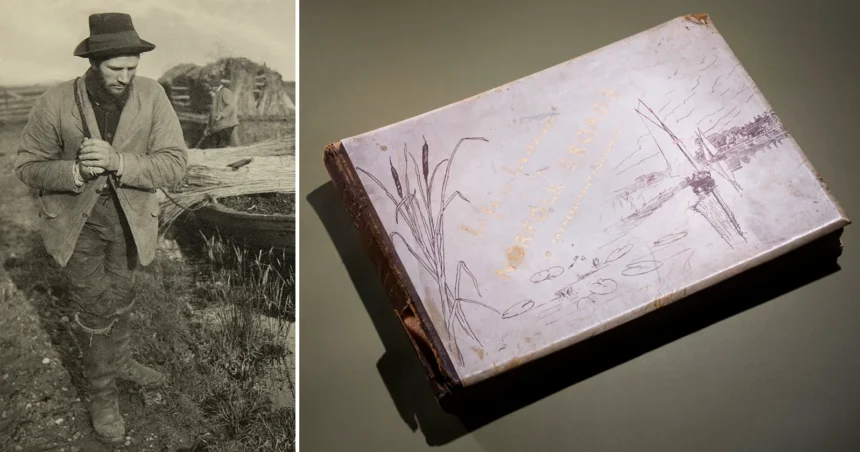Norfolk Broads Historical Photo Book: A Remarkable Victorian Rarity Resurfaces
A rare Victorian-era photo book, “Life and Landscape on the Norfolk Broads”, is gaining attention in the art world.. The Norfolk Broads historical photo book, dating back to 1886, will go under the hammer in London this Thursday. Featuring 40 exquisite platinum prints, it captures a now-vanished way of life on England’s iconic waterways.
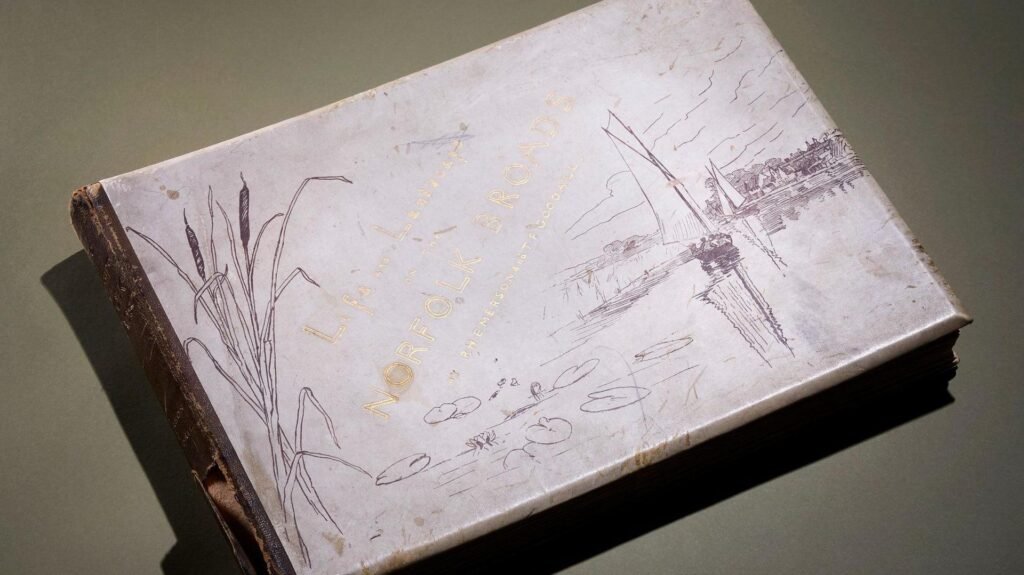
This edition stands out as one of only 25 deluxe copies ever produced. A family in Maryland, USA, found it during a house clearance, and auctioneers expect it to fetch between £30,000 and £50,000.
Uncovering the Norfolk Broads Historical Photo Book: An Unlikely U.S. Discovery
The rare volume was discovered tucked away in a wardrobe at the home of a 98-year-old woman. Her family had no idea of its historical or financial significance. They believe she and her late husband may have picked it up at a yard sale—one of many they frequented while hunting for first editions and hidden treasures.
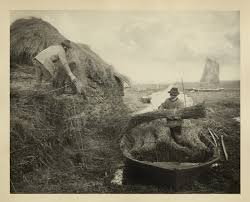
The discovery surprised the family and thrilled art historians and collectors worldwide, particularly fans of 19th-century British photography.
A Tribute to Norfolk’s Rural Heritage
The historic Norfolk Broads photo book was a joint creation by visionary photographer Peter Henry Emerson and accomplished artist Thomas Frederick Goodall. Emerson, who was born in Cuba and spent part of his youth in America, ultimately settled in England. His photographic work focused deeply on East Anglia’s rural life, giving voice and dignity to the region’s working-class communities.
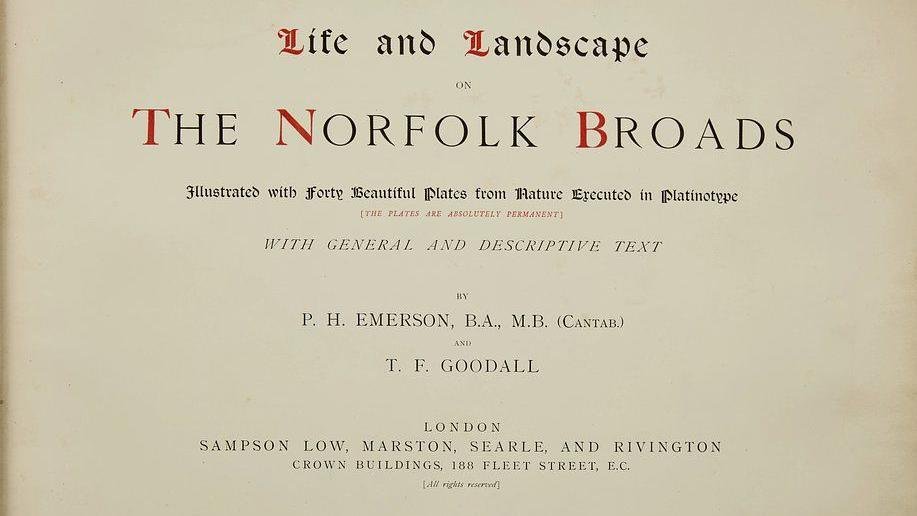
The book is described by Emerson’s great-grandson, Stephen Hyde, as a “love letter to Norfolk.” Hyde, also a photographer, reflected on the emotional depth of the collection, saying:
“He had a profound connection to nature, and that tenderness comes through in these photographs.”
Photography as High Art
Auctioneer Jack Wallis, head of sales at Roseberys, London, described the item as an “exciting find in remarkable condition.” He emphasized Emerson’s pioneering efforts to elevate photography from a scientific curiosity into a legitimate fine art form.
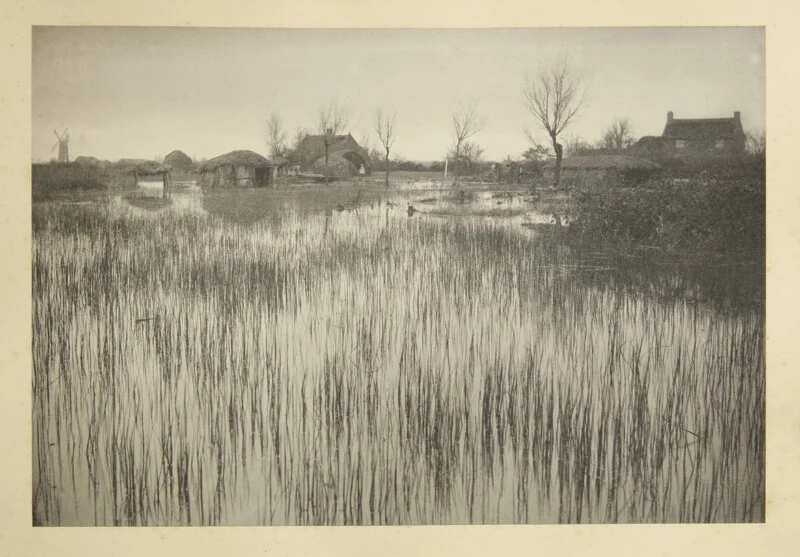
Mounted on delicate India paper, the 40 platinum prints reflect a luxurious choice that emphasized the creators’ artistic vision. Far from mass-produced photo books, these works were crafted as lasting artifacts of visual storytelling.
Velum-Covered Deluxe Edition: A Collector’s Dream
Out of the 175 original copies, most were bound in green cloth. The edition up for auction is one of only 25 deluxe copies bound in vellum. These vellum editions are prized for their rarity and high-quality prints.
Whether it lands in a museum, an archive, or a private collection, this book stands as a powerful symbol of Norfolk’s heritage and a landmark in British photography.
The Broads: Capturing a Vanishing World
Emerson and Goodall spent time traveling through the Norfolk Broads, capturing scenes of reed cutting, boating, fishing, and agricultural labor. Their photographs capture more than beauty—they document a fading way of life threatened by the rise of industrialization.
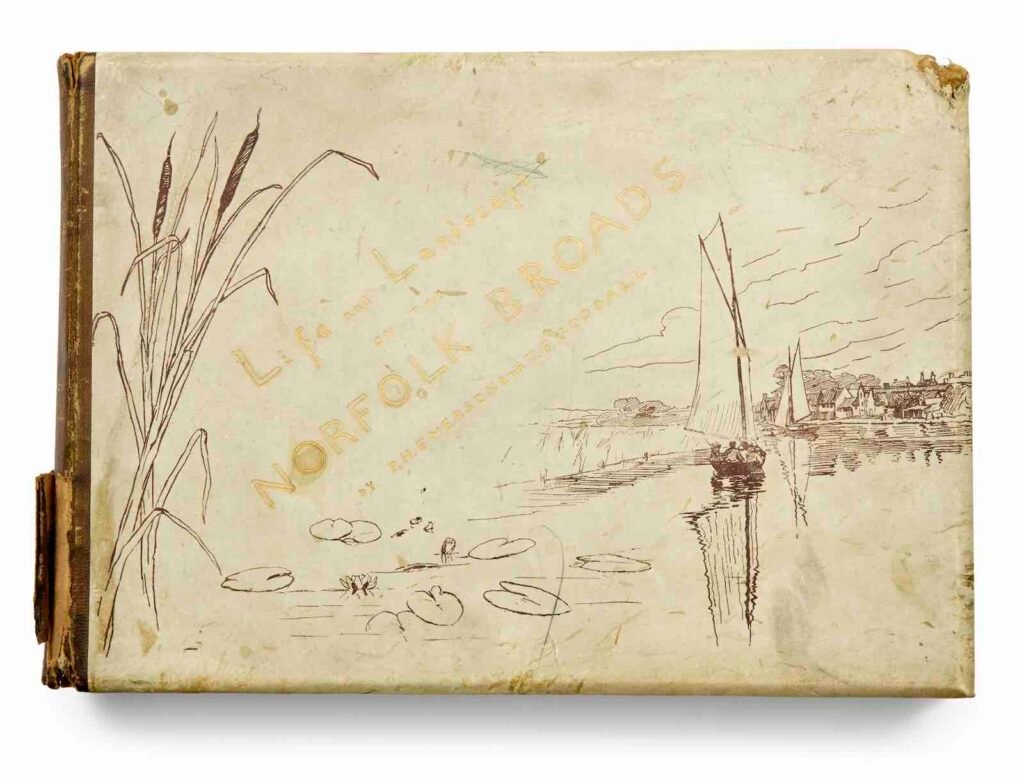
The Norfolk Broads are now a famous national park and popular tourist spot. But Emerson’s photographs capture an earlier era. They show local communities living and working along the waterways before tourism changed the region forever.
Why the Norfolk Broads Historical Photo Book Still Matters
In a digital world saturated with fleeting images, Emerson’s methodically crafted prints offer a counterpoint—slow photography, infused with emotion and purpose. They ask viewers to pause, to feel, and to remember.
For collectors, historians, and fans of British heritage, this book is more than a collectible. It’s a tribute to Victorian craftsmanship and a visual record of a uniquely English landscape.
Art Market Buzz and Expectations
The buzz surrounding the auction has attracted interest from institutions like the Victoria and Albert Museum, independent collectors of Victorian photography, and even international museums interested in British culture.
Jack Wallis noted:
“It would be fantastic if it could make its way back to Norfolk, to a buyer interested in 19th-century photography or local history. It’s a really important piece of photographic history.”
